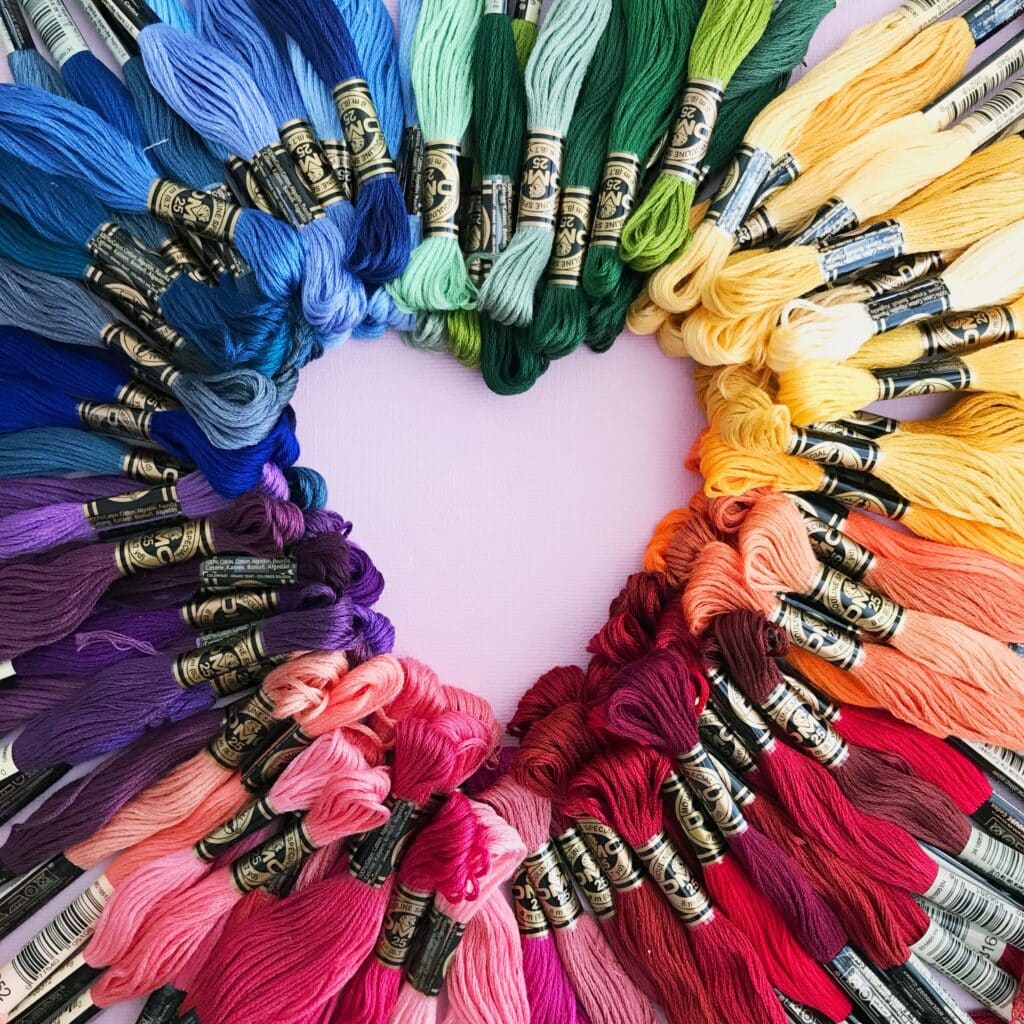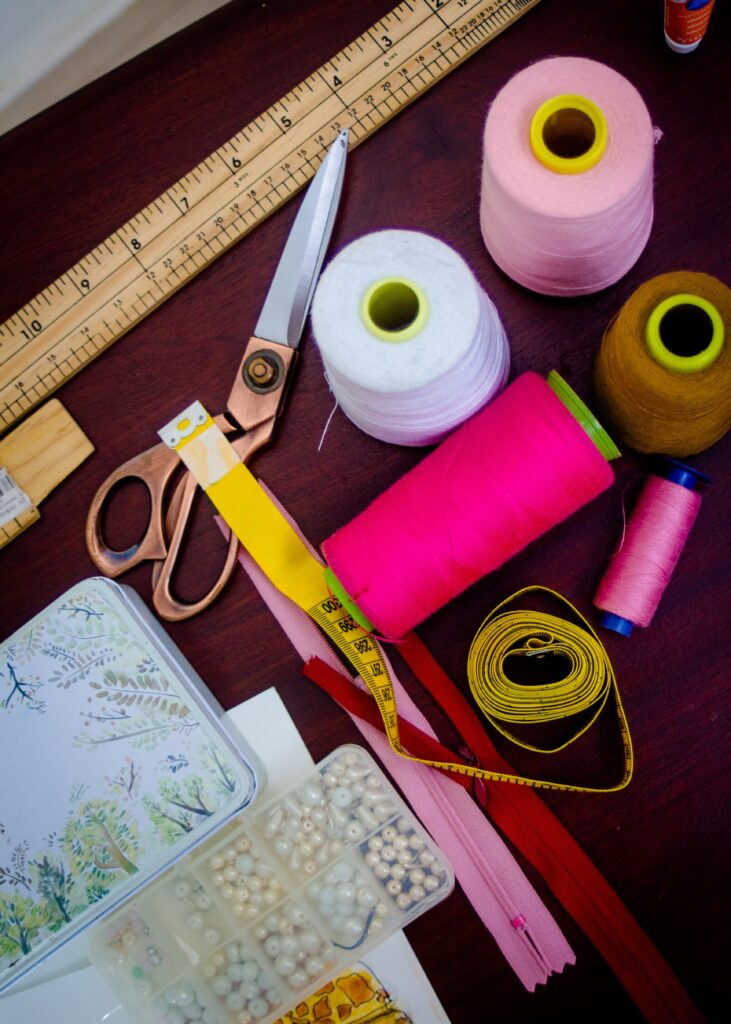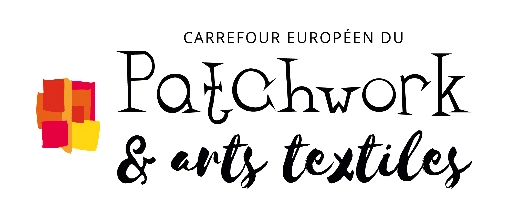Are you a patchwork beginner? Decorating your home, creating handmade gifts for your loved ones or enjoying a new hobby are just a few of the things patchwork can offer.
Far from being old-fashioned, the patchwork trend is back! This definitely modern needlework technique evolves along fashions and trends. Not to mention it’s completely eco-friendly and based on recycling and upcycling fabric scraps. Stop discarding: create!
Choosing which piece to create
The first step is to think about what you want to make.
Picking something small and easy will help you succeed on your first try and lift your spirits for more. Try making a tote bag, a pillow cover, a mat for your kids or even a rug for your pets…
If you start straight away with a large and complicated project like a bedspread, a jacket or an armchair cover, you may soon feel lost and disheartened by the amount of work required before you’re done.
Selecting a pattern
Once you’re set on a project, it’s time to pick a pattern for your piece.
The possibilities are endless!
Depending on what you like, what you want to make or the style you want to follow, there will always be a patchwork design or patterning for you.
Once again, for a first project, pick something simple and easy to make.
Don’t start all at once with a delicate and intricate patterning. Try and put together a few scraps of cloth to give shape to a form, to your first design. You could also create abstract decorations.
With just a bit of experience and a few hours of practice, you’ll be able to try your hand at more and more complicated projects and patterns.


Picking your fabric
You can make a patchwork out of any kind of cloth!
It all depends on your project, on what you like, and on how experienced you are with sewing.
However, for an easy start, we recommend you pick 100% cotton cloth of good quality. It’s easier to work with cotton than with other materials. It’s also easy to find, and it allows for all kinds of designs.
Start by buying or finding plain scraps of cloth in various colors, or printed fabrics. There is no rule: just have fun!
Getting your equipment
What equipment will you need to start working on a patchwork?
A sewing machine will be the most expensive piece of equipment, if you don’t already have one. But the good news is, you don’t need one! This is particularly true if you’re beginning with a small design.
Try and make a few patchworks to see if you enjoy it. Then you can invest more money in your new hobby. You can use basically any kind of sewing machine for a patchwork, you don’t necessarily need to buy a specific model or professional equipment.
You will also need:
- A specific ruler called an “add-a-quarter ruler.” You will use it to draw straight lines and right angles, and for measurement.
- A cutting mat.
- A rotary cutter.
- Thread snippers.
- A pair of fabric scissors.
- Needles, if you hand stitch your work.
- Pins, to put together the cloth pieces.
- Sewing thread. We recommend cotton thread.
Learning needlework techniques
There’s a variety of techniques for sewing and stitching. The instructions you’ll need will also differ depending on whether you’re using a sewing machine or stitching by hand.
If you plan on making a quilt, you will be using yet another technique to make a quilt sandwich (bringing together the 3 fabric layers) and to sew it—or quilt it—in place.
There are many books, tutorials and classes dedicated to learning how to make a patchwork.
If you’re looking for classes and workshops for any level with well-known experts, why don’t you attend the European Patchwork Meeting? There, you will gather with sewing enthusiast coming from all around the world to meet talented artists and talk with experts and beginners.
Just like any beginner, you may have all kinds of questions:
- How should I sew the fabric scraps together?
- Should I iron the seams?
- With which designs and patterns should I start?
- Where can I find high-quality fabrics?
The classes and conferences held during the fair are a great way to get useful advice for beginners in patchwork and to quickly improve.
Our shopping area also offers all the equipment you will need and a great choice of high-quality fabric.
